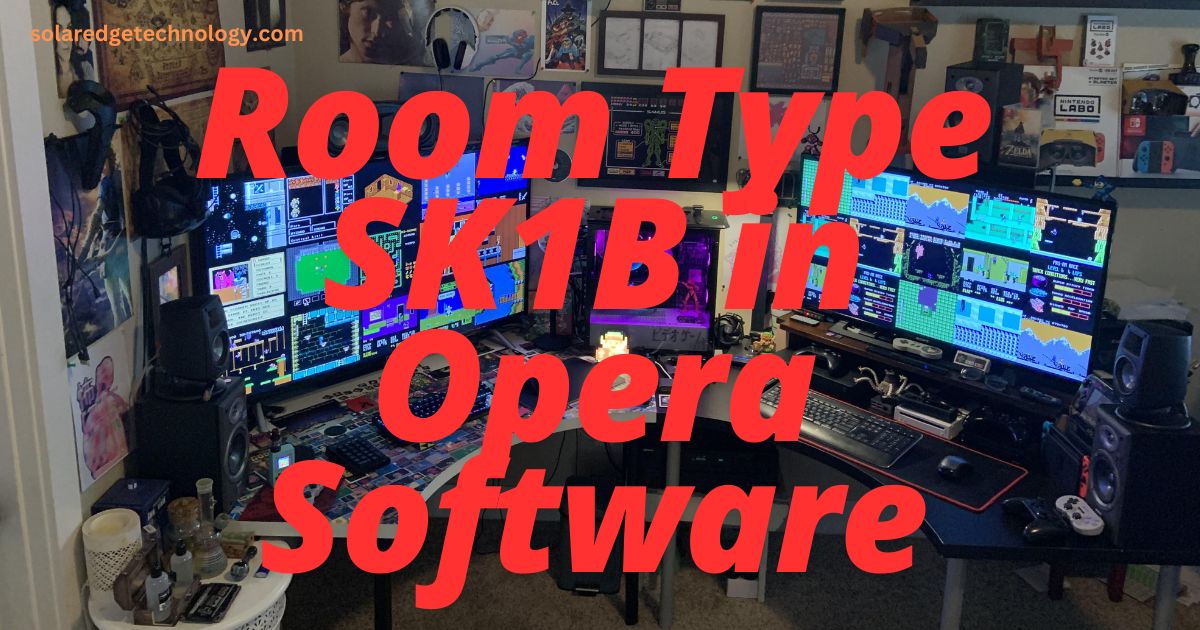In the fast-paced hospitality industry, room type codes like SK1B play a pivotal role in streamlining hotel management operations. As part of Oracle Hospitality’s Opera Software, one of the most trusted property management systems globally, these codes ensure seamless coordination between departments. But what does room type SK1B signify, and why is it essential? Let’s dive in.
What Does “Room Type” Mean in Opera Software?
In Opera Software, room types are classifications that define hotel accommodations based on specific attributes, including:
- Bed type (e.g., single, king, twin)
- Room size
- View (e.g., city view, ocean view)
- Amenities (e.g., balcony, kitchenette)
- Guest capacity
These categories help hotels efficiently manage reservations, optimize resources, and meet guest expectations. SK1B, for example, might indicate a Single King room with a Balcony.
Decoding Room Type SK1B
The alphanumeric code SK1B likely stands for:
- S: Single occupancy or single bed.
- K: King-size bed.
- 1: Identifier for a specific room or feature.
- B: Balcony or bay view.
Although these codes can vary by property, they remain critical for aligning room attributes with operational needs.
Role of Room Type SK1B in Hotel Operations
1. Reservation Management
SK1B simplifies the booking process by enabling staff to quickly identify and assign rooms based on guest preferences.
2. Inventory Control
By categorizing rooms like SK1B, hotels can monitor availability and occupancy, ensuring no room is underutilized or overbooked.
3. Housekeeping Coordination
Room codes guide housekeeping teams in preparing rooms with the right amenities, ensuring guest satisfaction.
4. Revenue Optimization
Dynamic pricing relies on room categorization. Unique features of SK1B, such as a balcony, allow hotels to set premium rates during peak seasons.
Customization of Room Type Codes
Opera Software offers flexibility in customizing room type codes. For instance:
- A boutique hotel might code SK1B as a Single King with City View.
- A luxury resort might define it as a Single King with Ocean View.
This adaptability ensures room codes align with the property’s branding and operational goals.
Enhancing Guest Experiences with SK1B
Clear room type codes eliminate ambiguity, allowing guests to book accommodations that meet their exact preferences. Detailed descriptions of SK1B rooms on booking platforms can boost transparency, reduce misunderstandings, and enhance satisfaction.
Training Staff for Effective Use of SK1B
Proper training ensures that staff can efficiently use room type SK1B in daily operations. Key focus areas include:
- Understanding the attributes of SK1B.
- Navigating Opera Software effectively.
- Keeping coding knowledge updated through regular training sessions.
Challenges and Solutions
- Misinterpretation of Codes: Conduct ongoing training to minimize errors.
- Overcomplication: Simplify room type codes for clarity.
- System Integration: Ensure SK1B integrates seamlessly with online booking platforms for accuracy.
Conclusion
Room type SK1B in Opera Software is more than just a code—it’s a tool that drives operational efficiency and guest satisfaction. From reservation management to revenue optimization, understanding and utilizing SK1B effectively can elevate hotel performance.
By customizing codes, training staff, and addressing challenges, hotels can harness the full potential of Opera Software, setting new standards for hospitality excellence.
Ready to optimize your hotel’s operations with Opera Software? Start mastering room type codes like SK1B today!
